100x Scaling Solution Launches on Ethereum
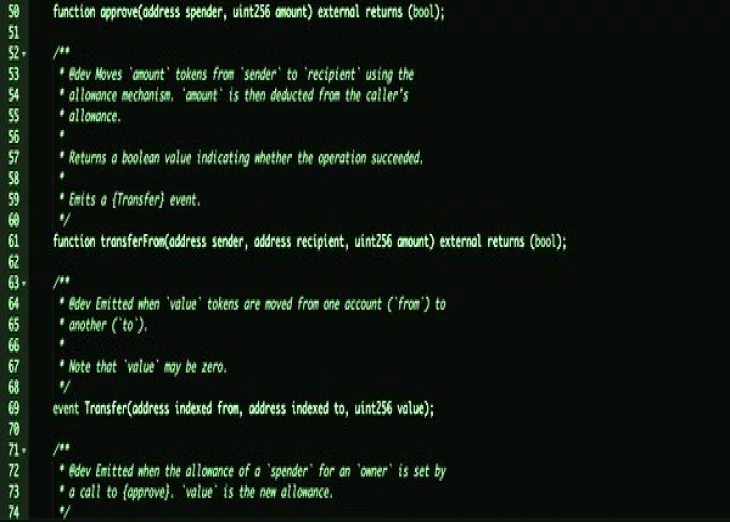
An Ethereum Foundation backed PayPal level scaling solution has gone live after close to two years of testing and development.
zkSync describes itself as “an L2 scaling solution in which all funds are held by a smart contract on the mainchain, while computation and storage are performed off-chain.
For every Rollup block, a state transition zero-knowledge proof (SNARK) is generated and verified by the mainchain contract.
This SNARK includes the proof of the validity of every single transaction in the Rollup block. Additionally, the public data update for every block is published over the mainchain network in the cheap calldata.”
If that doesn’t make too much sense, we covered in-depth how this works underneath last year when they were on testnet.
So now that they’ve just launched on mainnet, we’re going to present our mini testrun.
We sign in the usual way through MetaMask, which nowadays by the way sometime crashes and for some reason seems to demand a lot of resources from our Chrome browser.
Where zkSync is concerned however they quickly refresh to take into account we’ve signed in, and then tell us we’re one of the 500 first users so we can have some free MLTT tokens to test this.
Now we can try this and we’re going to send just one other token to another test address and see what happens.
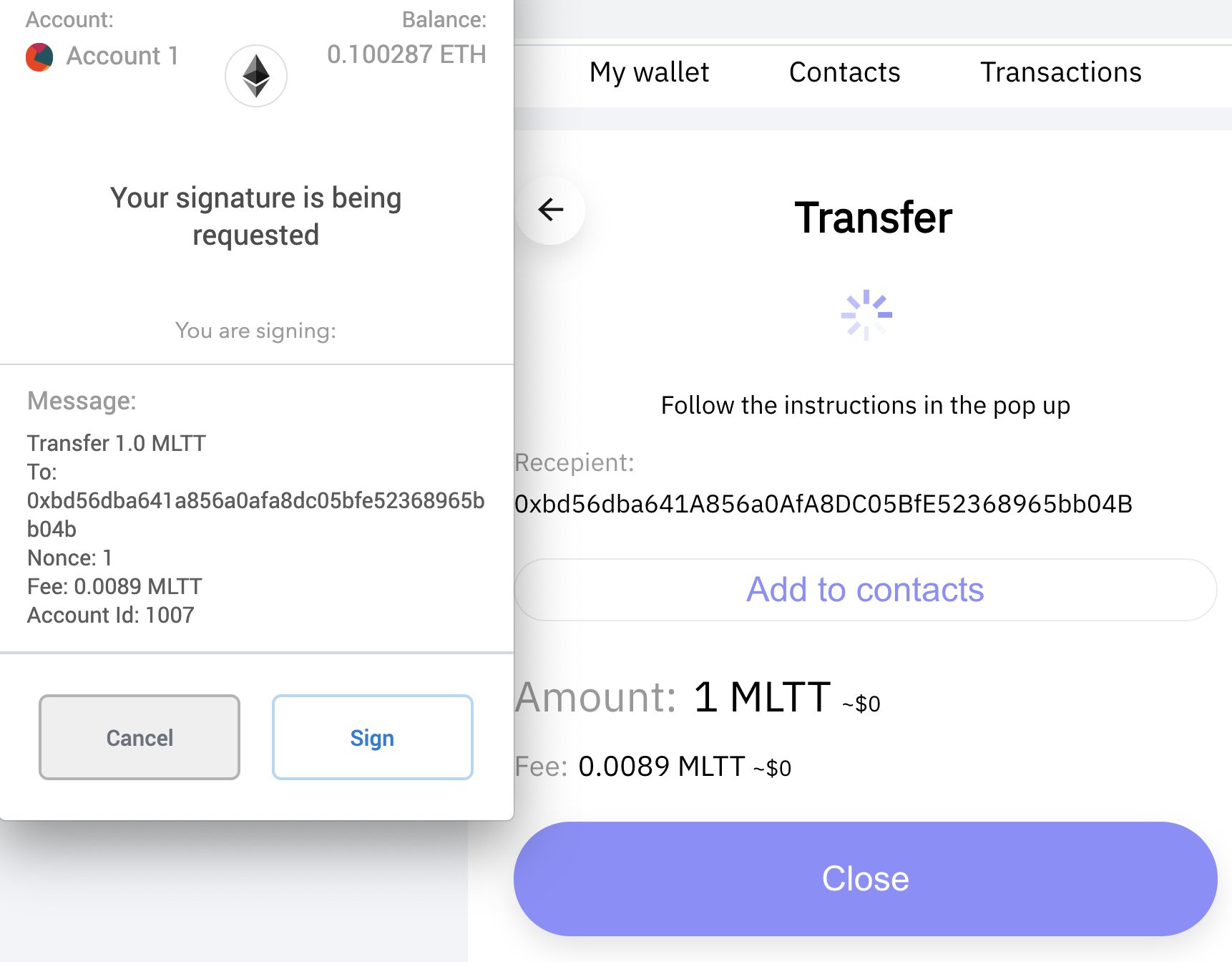
The fee is in MLTT, with this token not trading so we don’t know the value, but once we sign they say:
“For other ERC20 tokens, a tx like this would be ~100x more expensive on mainnet!”
Now we’re done, but there’s no MLTT in our other MetaMask. That’s because it’s here:
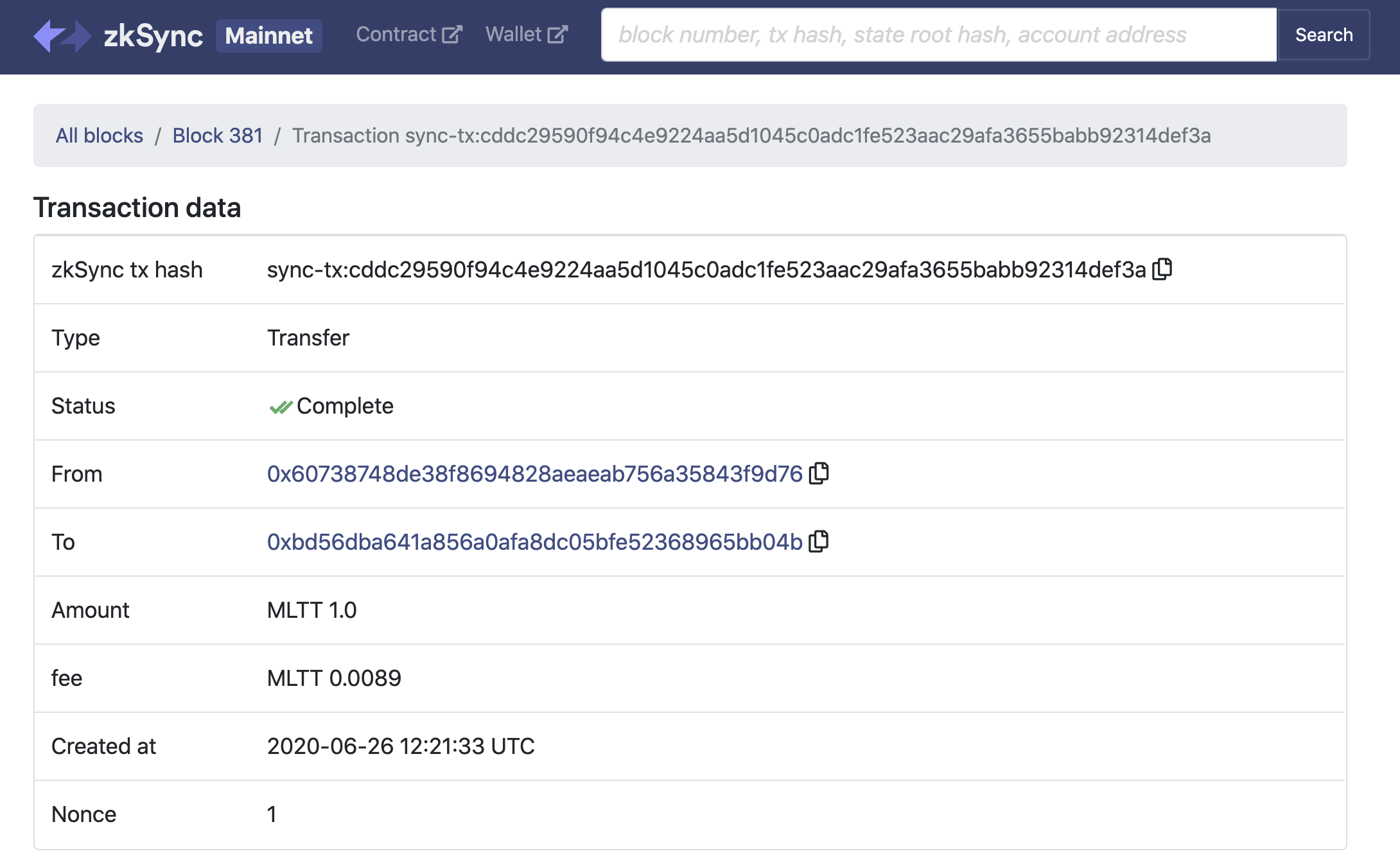
The transaction we made is included in zk’s own block which is how they keep accounts without having to use the ethereum blockchain.
The connection between the two is then made when there is an entry or exit. Here we were given the tokens so there was no entry, with the reason perhaps because these tokens were already deposited into the contract or because of a very special function that tokens have.
Because tokens are smart contracts, you can give permission to another smart contract to have binding rights over the token.
In either case, whether they’re deposited or they use the special function, we had no onchain fee entry to this network when using the token. We only signed, and that doesn’t cost anything.
That makes this thus a clear illustration of how tokens in particular can scale and very significantly.
That’s because there is no onchain entry, just signing, but there is an onchain exit when withdrawing as that needs to go through the blockchain to change ownership.
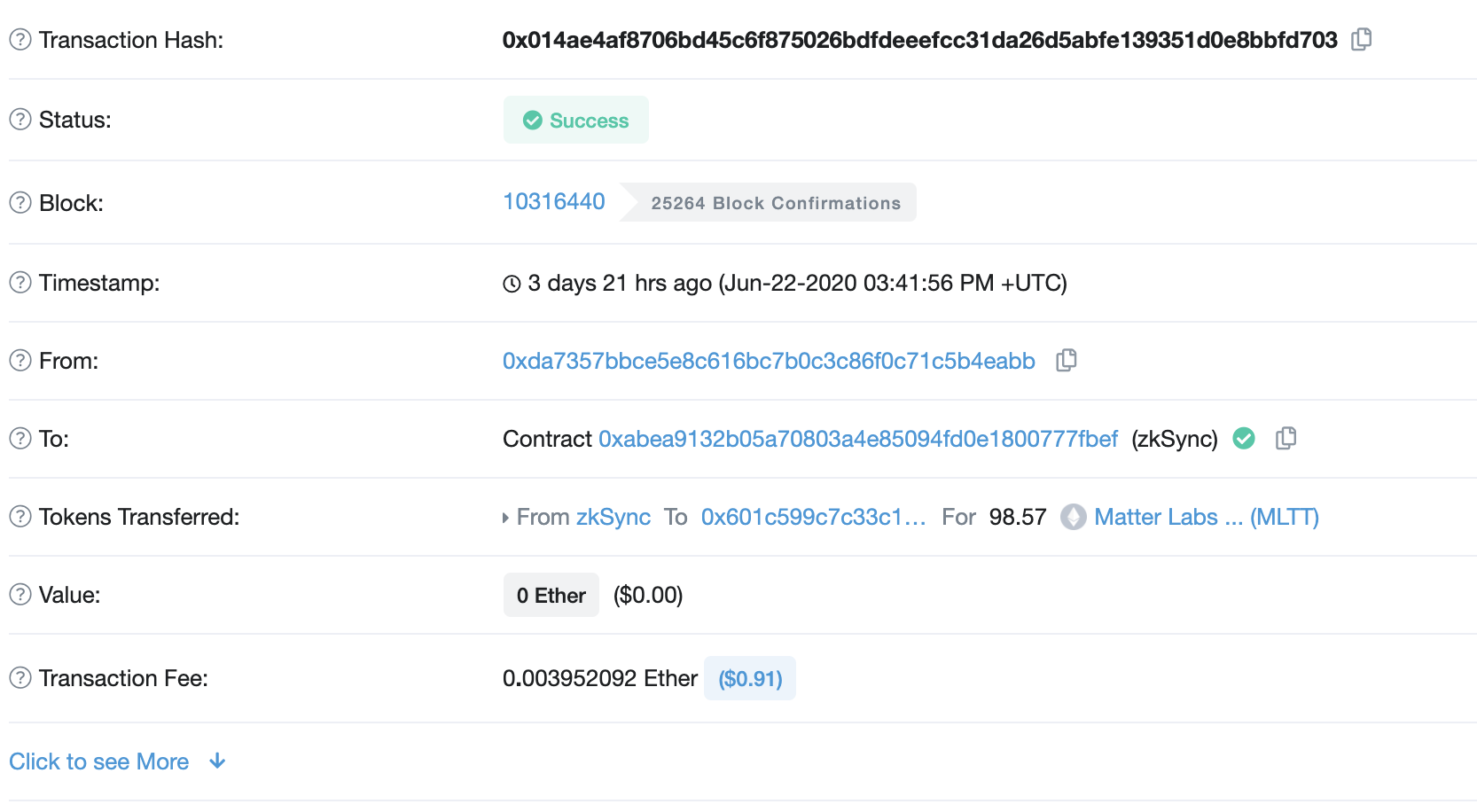
So this is what an exit looks like. Just an ordinary contract transaction for what then were lower onchain fees with this showing as the zk contract sending you the tokens, instead of whoever may have actually sent them.
We picked a random withdrawal above as fees are quite high right now, and because it would show the same thing.
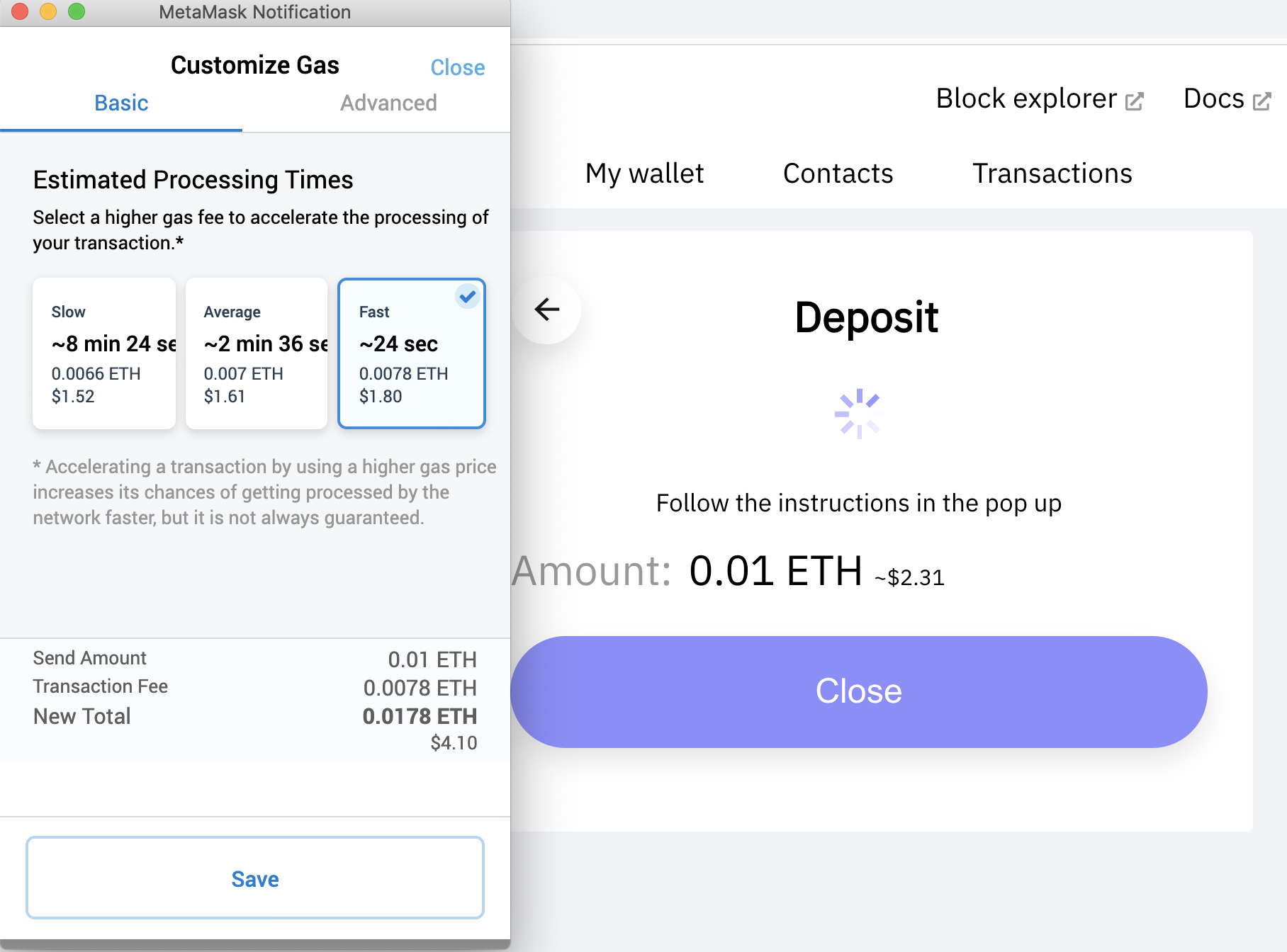
This is what an entry would look like, with this taking about $2 and even then with some luck if there isn’t a burst in transactions.
We didn’t go ahead with it because the network is congested enough so no point adding to that, but if you’re going to use eth, this would make more sense within a dapp itself.
It’s open source so the dapp developers can just go to the github and follow the instructions there which have quite a few steps, but even we can follow them.
So then this would be in the background. You wouldn’t even know the dapp has zk unless they told you or unless you’re familiar with what a zk dapp feels like.
You can also use this for frequent payments so instead of miners for example sending thousands of transactions a day for very small amounts, they can just send them through the contract which can keep accounts without requiring blockchain resources.
Transfers between exchanges likewise can happen through the zk network or likewise solutions as long as they’re all using the same one.
Then arbitraging bots wouldn’t have to go through the blockchain all the time, increasing efficiency and liquidity, making it a better experience for both exchanges and the frequent users who would save quite a bit of money.
So ethereum is ready to handle currently 100x more transactions, but also potentially as much as 1,000x with it now just a matter of deployment.
That necessarily will take some time. Dapps, exchanges, tokens, will have to look at these solutions, test them, understand them, and they need to be very sure they are secure because grandma doesn’t care it’s zk’s fault their eth have gone, they’d blame Coinbase.
As the biggest American exchange and as a very big supporter of eth, Coinbase can and maybe should take the lead in picking one of these solutions which would then potentially lead to other exchanges doing likewise.
Also for defi dapps especially, as users bots frequently move through the blockchain to go between them, they can pick one of these solutions and then the bot can go through the contract.
Which means there has to be a strategy and thus there has to be some initiative that maybe we have just began as the start of everything begins with a conceptualization.
So hopefully soon we hear about network actors joining forces to scale eth because at the protocol level the hard work has been done. Now its for the major network users to do their part.
Copyrights Trustnodes.com














Article comments